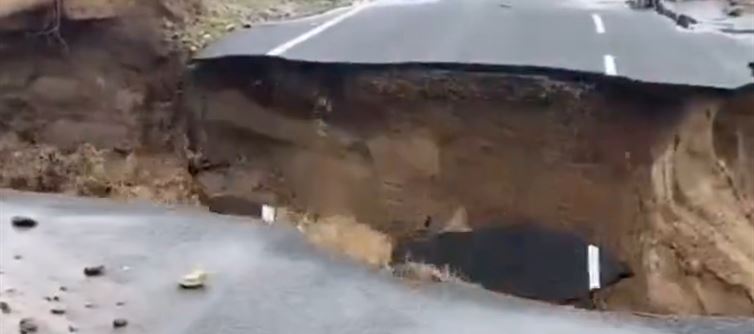
The fact that the road couldn’t withstand even a basic rain shower highlights deep-rooted issues in governance — from the use of substandard materials to the absence of proper supervision and quality checks during construction. Locals allege that funds were siphoned off and the work was rushed to show fake progress on paper. Videos and images of the damaged road have gone viral on social media, becoming a symbol of the disconnect between official claims and ground reality. The event has also triggered political reactions, with opposition leaders blaming the ruling authorities for neglecting basic infrastructure needs.
Events like these aren’t isolated; they reflect a larger pattern of infrastructural negligence seen in many parts of India. Roads, bridges, and buildings meant to serve communities often turn into safety hazards due to corruption, contractor-politician nexus, and lack of post-construction audits. For real development to happen, authorities must not only promise projects but ensure that they are executed with integrity and long-term durability. A prompt, impartial investigation into the Jhunjhunu road fiasco is necessary to hold those responsible accountable and to restore public trust in government-led infrastructure projects.




 click and follow Indiaherald WhatsApp channel
click and follow Indiaherald WhatsApp channel